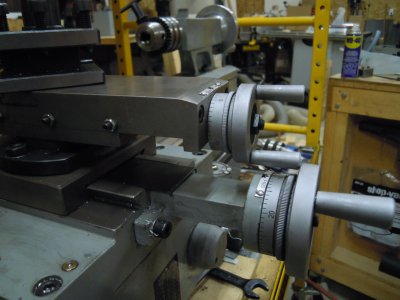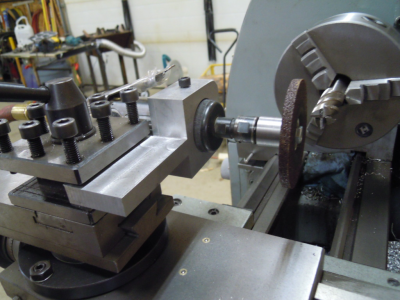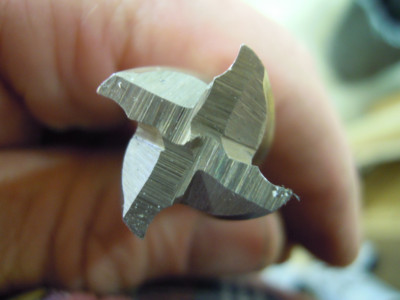- Joined
- Dec 22, 2015
- Messages
- 561
I've got a King 1022 which is a rebranded G0602 and find there is a conflict between the compound and cross slide dials when using shallow compound angles, like 0* - 5*. The compound dial hits the cross slide dial and prevents me from turning the compound in and out. I've tried mounting the tool back further and pushing the compound forward and mounting the tool out further and bringing the compound back further but can't seem to find a spot that works.
Does anyone have a solution to this issue?
Correction: the conflict angle is when the compound is anywhere near 90*. I'll take a pic if that helps.
Does anyone have a solution to this issue?
Correction: the conflict angle is when the compound is anywhere near 90*. I'll take a pic if that helps.
Last edited:




